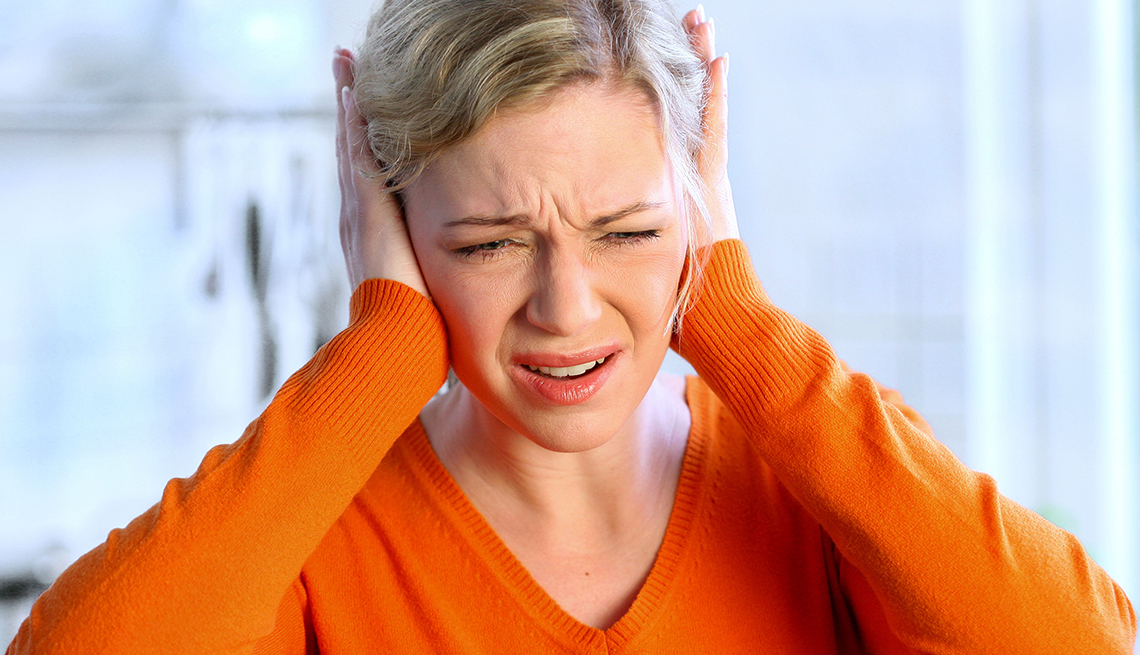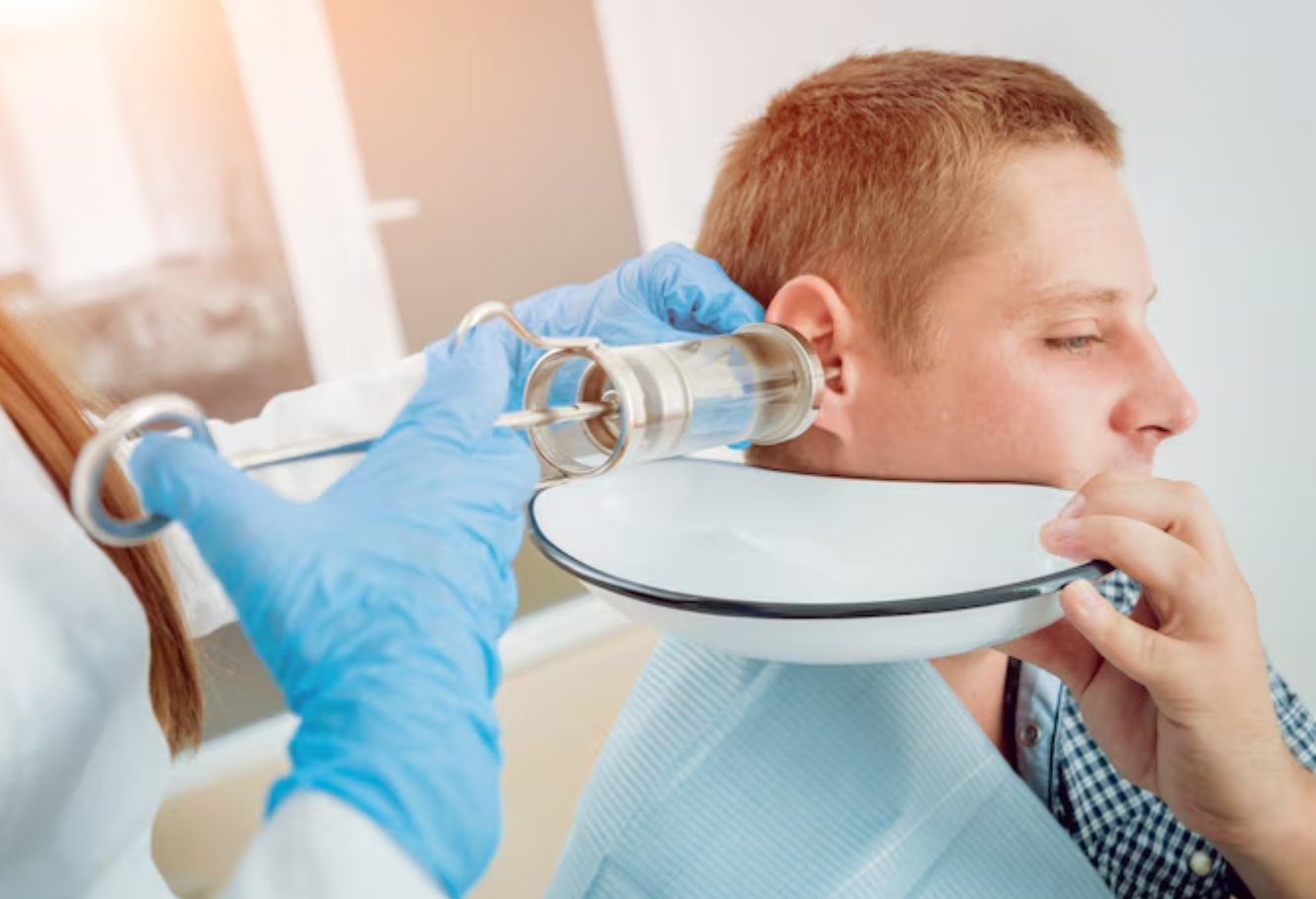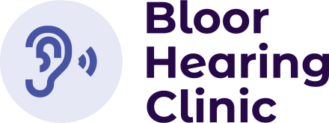
Our Blog
What Is Ear Flushing or Ear Irrigation?

The body normally clears wax on its own, but sometimes it needs a little extra help. Ear flushing, also known as ear irrigation, is a common method used to remove earwax and other foreign objects from the ear canal. It involves directing a steady stream of warm water or saline solution into the outer ear canal to soften the wax and flush it out.
That’s the simplest way to see it, but we’re here to dive deeper into why it’s done, how it’s performed, who should or shouldn’t try it, and what risks or alternatives you should know about. If you’re dealing with stubborn earwax or unsure about your symptoms, Bloor Hearing Clinic can help assess whether ear flushing is right for you.
What Is Ear Flushing For?
Have you ever felt like your ears are blocked, sounds are muffled, or your hearing suddenly dips for no clear reason? In many cases, it’s not your hearing that’s failing – it’s just wax buildup.
Ear flushing is primarily done for earwax removal. This process can help relieve symptoms related to earwax buildup, such as temporary hearing loss, ear pain, or a plugged sensation in the ear.
Earwax (cerumen) naturally protects the ear by trapping dust and debris. However, excess earwax or impacted cerumen can block the ear canal, leading to discomfort, ringing in the ears (tinnitus), ear infections, or even hearing loss.
In some cases, it’s also used to dislodge foreign bodies like small stones, insects, or bits of cotton swabs stuck in the ear. People who wear hearing aids may experience more frequent earwax buildup, making flushing a helpful part of their maintenance routine.
Is Ear Flushing the Same As Ear Syringing?
Technically, yes, with a slight difference in delivery. Both ear flushing and ear syringing aim to remove excess earwax:
Ear syringing traditionally uses a bulb syringe or a syringe filled with water to manually irrigate the ear.
Modern ear flushing may involve advanced equipment with controlled pressure and body temperature solutions to ensure a gentler experience.
Who Can Have Their Ears Flushed?
About 5% of healthy adults and 10% of older children experience cerumen impaction, for which ear irrigation is a standard and accessible treatment. However, not everyone is a suitable candidate. People with the following conditions should avoid ear flushing unless directed by a healthcare provider:
Perforated eardrum
History of ear surgery or neck surgery
Frequent ear infections or otitis media
Known damage to the eardrum and ear canal
Existing hearing loss
Issues with the vestibular nerve
On the other hand, the following individuals can have their ears flushed:
Those experiencing hearing loss due to earwax buildup
Those experiencing ear pain, itchiness, or a feeling of fullness in the ear (from blockage)
Those who have difficulty sleeping due to earwax-related issues
Those who have not been able to clear their earwax at home
How Often Should You Have Your Ears Flushed?
Most people don’t need regular ear flushing. The ear is self-cleaning; jaw movement (like chewing or talking) usually pushes earwax out naturally. However, some may require professional ear cleaning every six months or annually, especially if they have excessive earwax buildup or wear hearing aids. For most people, annual or as-needed cleanings based on symptoms are sufficient.
How Effective Is Ear Flushing?
When done correctly, ear flushing is highly effective in removing hardened earwax and alleviating related symptoms like temporary hearing loss or discomfort. However, it may not work well if the wax is very dry or tightly compacted. In such cases, a combination of softening drops (like hydrogen peroxide, mineral oil, baby oil, or olive oil) and professional cleaning tools (e.g., cerumen spoon, suction device) may be more appropriate.
How Is Ear Flushing Performed?
Ear flushing is a straightforward procedure, usually done in a clinic, and it only takes a few minutes. The goal is to gently clear impacted earwax or debris from the external ear canal using a controlled stream of fluid. Here’s how the process typically works:
Positioning – You’ll be asked to sit upright, and a towel or soft cloth will be placed over your shoulder or under your ear to catch any fluid that comes out.
Preparation – Your provider or audiologist may apply a few drops of ear drops, olive oil, or another softening agent to help soften earwax before flushing.
Flushing – Using a syringe filled with warm water or saline solution, the provider will gently direct the stream into the ear canal, being careful to avoid applying too much pressure.
Clearing the Wax – The solution helps loosen and flush out impacted earwax, debris, or foreign bodies from the affected ear.
Repeat if Needed – The process may be repeated a few times until most of the remaining wax is removed.
Guidance Tools – A magnifying lens or light may be used to improve visibility and ensure the procedure is done safely and thoroughly.
After flushing, your audiologist or provider gently dries your ear with a soft cloth and checks for any signs of irritation or ear infection. They may also recommend a Canada hearing test to confirm that your hearing has returned to normal after the earwax removal.
How Safe Is Ear Flushing?
When performed by a trained provider, ear flushing is generally safe. The solution is usually warmed to body temperature to avoid dizziness. Most procedures are quick and painless. However, incorrect technique or self-flushing can pose risks, especially if too much pressure is applied or if there’s a perforated eardrum.
Should You Flush Your Ears at Home?
Home flushing using a bulb syringe is possible, but it carries risks if not done properly. If you do attempt it:
Use softening drops like baby oil or hydrogen peroxide first.
Ensure the water is at body temperature.
Never flush if you suspect a perforated eardrum or an ongoing ear infection.
Avoid using cotton swabs, which can push wax deeper and worsen earwax impaction.
Are There Any Side Effects?
Yes. While often minimal, some side effects may occur:
Mild ear pain
Temporary dizziness
A feeling of fullness in the ear
Slight hearing changes as the wax dislodges
Are There Any Risks When You Flush Your Ears?
There are potential risks associated with flushing your ears. Here’s a more detailed look:
Your Eardrum Could Get Perforated
Too much pressure or an incorrect angle can cause a perforated eardrum, causing pain, drainage, or hearing loss.
Your Ear Could Get Infected
If water isn’t fully drained or if the ear canal is damaged, bacteria can grow, causing an ear infection or otitis media.
You Could Develop Complications
Flushing with cold water may affect the vestibular nerve, leading to vertigo. Also, flushing can sometimes push wax deeper, worsening the earwax blockage.
Are There Any Alternatives to Ear Flushing?
Yes, especially if ear flushing is unsafe or ineffective:
Softening drops (hydrogen peroxide, olive oil, baby oil)
Suction devices (used in clinics)
Manual removal with a cerumen spoon
Avoid ear candling, which lacks evidence and poses risks
Over-the-counter ear cleaning kits with softening agents
Some home remedies can help, but professional guidance is still best for persistent issues.
Ask Your Audiologist About Ear Flushing
If you struggle with earwax buildup or wear hearing aids, ask your audiologist whether ear irrigation is the recommended treatment. They’ll assess your ear health, inspect the ear canal using a scope, and advise you on the safest way to remove earwax.
Conclusion
So, what is ear flushing? It’s a practical, widely used technique to clear the outer ear canal of impacted earwax or debris. While it can be effective and safe, it’s not without risks, especially if done incorrectly or when underlying health conditions are present. Always consult a healthcare provider or audiologist before attempting ear cleaning methods at home.
